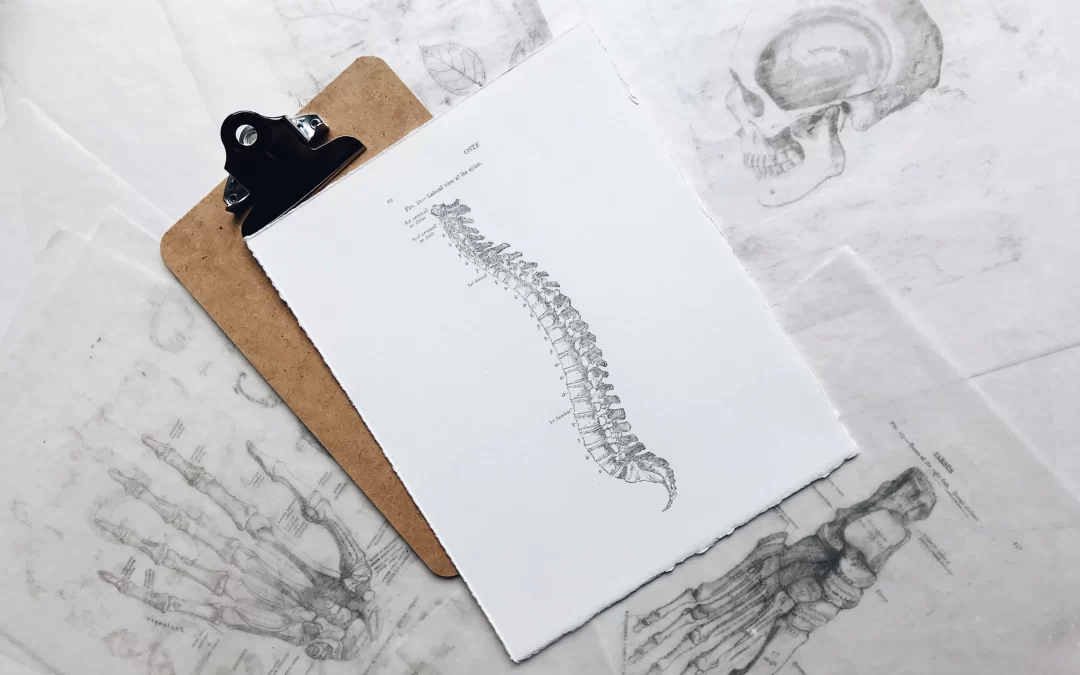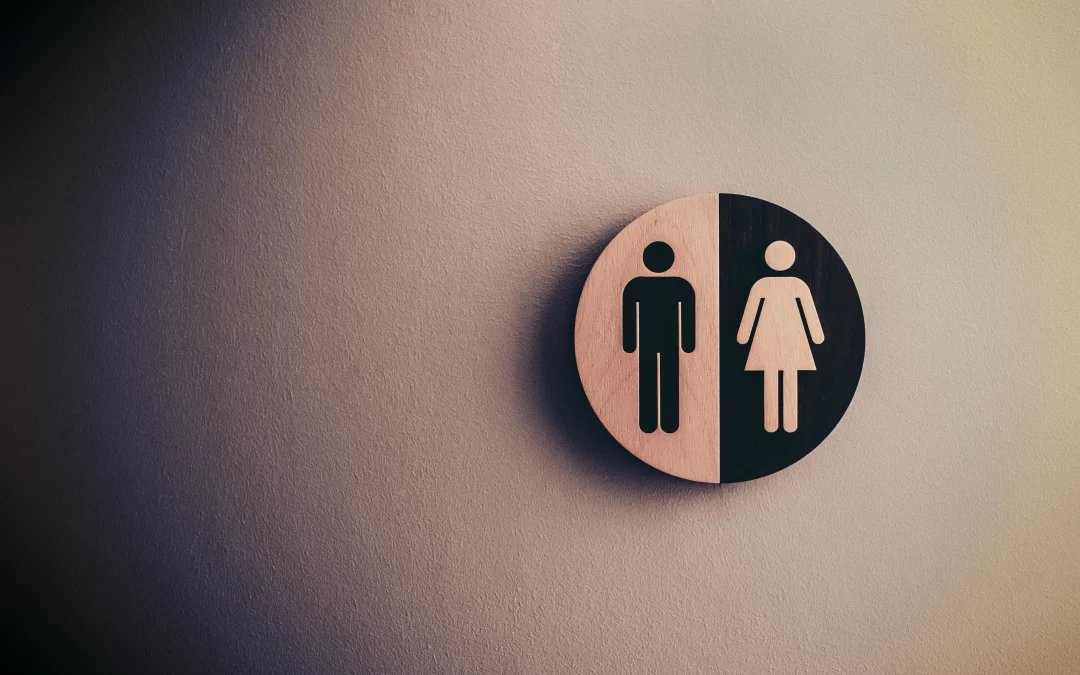Painful periods, medically known as dysmenorrhea, can begin immediately following ovulation (mid cycle) and can last until the end of menstruation (end of your bleed). An article by Pelvic Health Solutions stated that “Dysmenorrhea is the most common menstrual...










